I hope everyone had a wonderful holiday! The holidays often bring about feelings of what is next to come for the new year. There are sales galore, as retail businesses seek to make significant improvements to their yearly earnings, and customers take advantage to get the things they need and want. With the new year comes plans to make things happen, and spring cleaning brings about a feeling of accomplishment for people in regards to their homes. So, I've decided to give some advice about decorating indoor spaces.
I wanted to write about decorating small spaces, because those are more challenging, with less room to work with. Fitting all your furniture and house hold items in there, making a space feel comfortable, but not cramped, while maintaining a livable space that you can enjoy using. Here are some tips for decorating small spaces:
Walls. Making the walls a lighter color, will create brightness, and the feeling of space in the room, whereas darker color will create a closed in feeling in smaller spaces, like being in a cave. Vertical stripes will draw the eye up, creating the illusion of higher walls, and a larger space, which can be used to great effectiveness if you don't have high ceilings, but want to feel like you do.
High Ceilings. When a room is small, with high ceilings, it makes a room feel larger, because you do not feel closed in from above. If you need more storage, look up. The walls are high, so adding shelving above doorways, and up the walls adds storage within the room, leaving space down below for the furniture, without creating a cramped space.
Furniture. Another important aspect is to have correctly proportioned furniture. Furniture that is more streamlined and open also makes a small room flow well, because it isn't heavy-looking furniture that cuts out space from the room. Furniture with lots of drawers, made of wood are examples of large, heavy-looking furniture. It doesn't have to be. There are pieces of furniture made of heavy materials, and have drawers, but do not detract from the space of the room in the same way, because they are designed as smaller, lighter pieces, such as the chair and desks above.
Pieces to Detract. Glass and acrylics are a great decorating solution for furniture in smaller spaces. They are minimalistic, proportional to the room size, and subtle in the room. Instead of being obvious in the room, it rather disappears. The see through acrylic chair, is appropriately smaller in size due to the smaller room, and it blends into its environment, adding a look, and feeling of space to small room.
Light. Maximize natural light, by keeping curtains open, and using a privacy shade when you need it. Adding a mirror is great for brightening up the space by reflecting light, when placed opposite a window. Mirrors also make a room look, and feel larger when placed on, or against any wall, or door.
Multiple Uses. With small rooms, and smaller, and fewer pieces of furniture, it is always a good idea to have pieces that serve multiple uses, and things that can be stored away when not needed. A secretaries desk is a good example of this, as is a storage unit that opens up into a small desk. The desk top simply closes, and the office space is tucked away into the storage unit, out of sight when not in use. A piece like this can go in different rooms of the house, all you need to do is pull up a chair and you're ready to go.
This is not an exhaustive list, simply some of the most useful, and practical tips that I know will be useful for others. At the end of the day, do what works best for you, because you're the one that has to live with it. Work with what you have already, before going out and buying something. You never know what use you can find for things. Remember the key is to be creative, and have fun with it.
Have a Happy New Year!
This is not an exhaustive list, simply some of the most useful, and practical tips that I know will be useful for others. At the end of the day, do what works best for you, because you're the one that has to live with it. Work with what you have already, before going out and buying something. You never know what use you can find for things. Remember the key is to be creative, and have fun with it.
Have a Happy New Year!
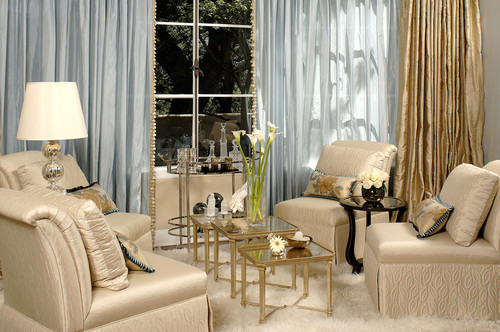
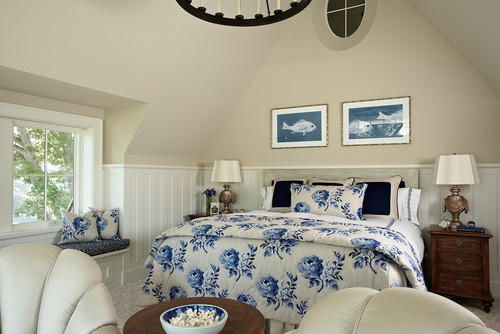

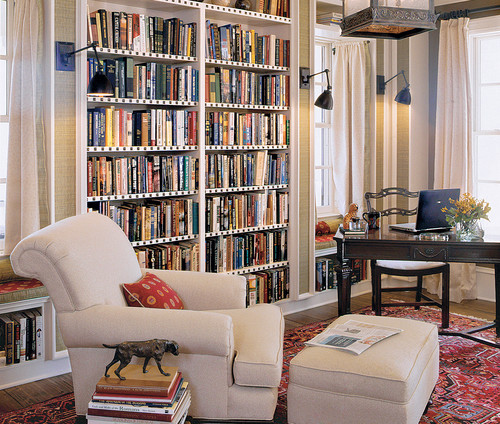
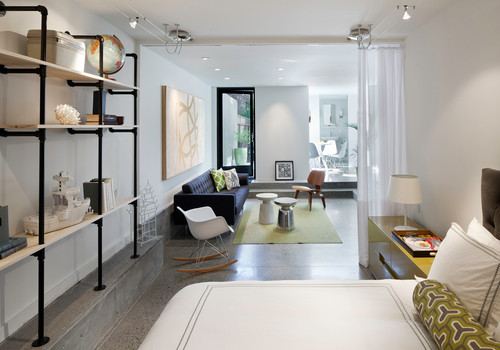

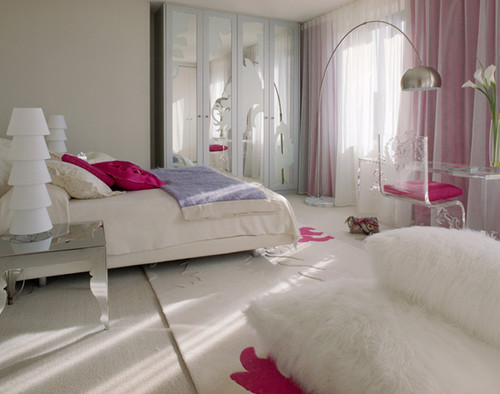

No comments:
Post a Comment